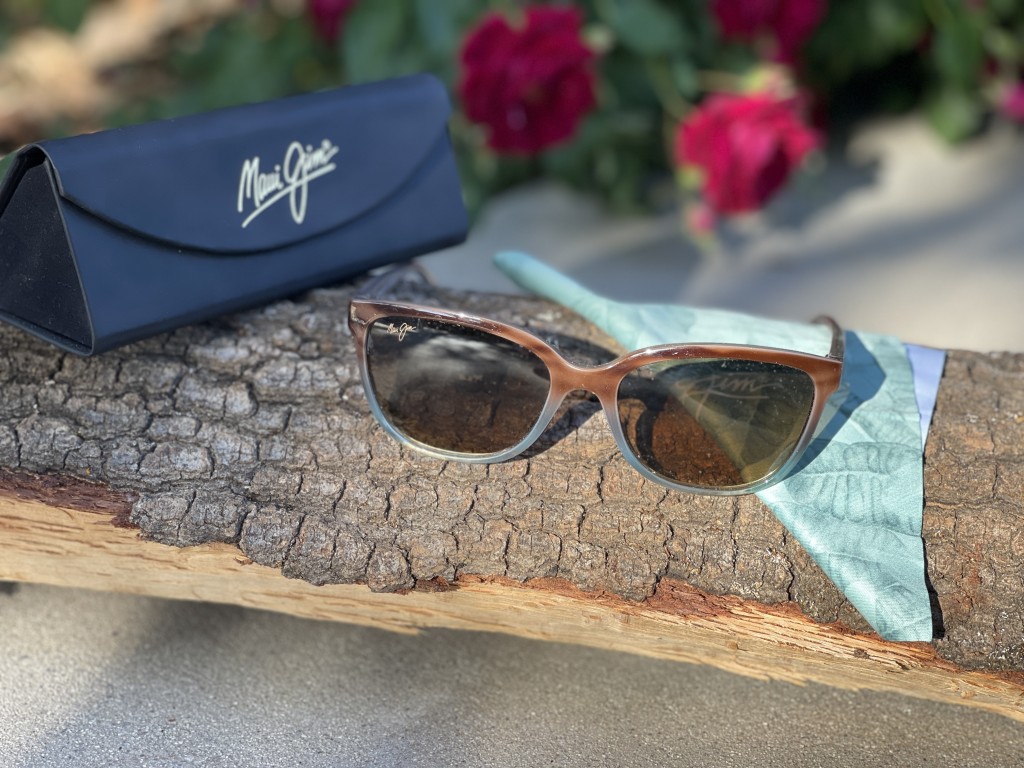We put our sunglasses through months of rigorous testing, wearing them on bright high alpine days, paddling missions, long days of driving, and spending the afternoon out on the town. Our panel of female testers used these shades across five different metrics to evaluate each and every component.
Lens Quality
To test lens quality, we compared every pair side by side in identical lighting conditions. We considered polarization and other protective qualities, like blue light blocking layers or mirror coating. We checked how easily we could see our faces reflected back at us from the backsides of the lenses while we wore them. We tested them at midday and during golden hour when the light can be extremely harsh. We compared each pair's contrast and clarity and scrutinized color shifts based on lens hue. We also noted which pairs get dirty more easily and which are difficult to clean.
Comfort
Our testing panel evaluated every pair of glasses for their comfort. We considered details like where they touch the face, if they're adjustable, and how they feel overall. We wore each pair for hours to see if they became too tight or annoying. We weighed them all and tested each for balance, judging if they slide easily off the nose or hold fast even on a hot summer day. We considered other features that may add or detract from their comfort, like cushioned rubber patches and flexible frames.
Style and Versatility
Though style is a subjective matter and personal choice, we asked a slew of different folks to rate how they liked the look of every pair. We noted trends — like some that look best on wider or rounder faces. We polled regarding specifics, such as favorite aspects and annoyances, and noted which were popular (or not) across the board. To a lesser extent, we also rated versatility across activities, noting which contenders also work for activewear.
Frame Quality
To test frame quality, we wore these glasses a LOT. We scrutinized every component and checked how easily they work and how well they hold up to regular use. We analyzed hinges and tested for overextension, considering composition and frame flexibility. We gauged the overall feel and look based on our extensive experience testing sunglasses for several years now. We noted which models got scratches and had their hinges wiggle loose. We also searched the internet for common complaints about each pair and then noted if we found similar issues.
Coverage
Testing coverage starts by checking each pair's base curve to see how flat or face-hugging it is. We compared lens sizes to gauge eye coverage, had testers with different face sizes and shapes wear each pair, and noted where the sun could creep around and get in the eyes.
Case Quality
Though less important, we also evaluated the quality of the cases and accessories every pair comes with, from rigid shells to floppy bags and microfiber cloths to tiny screwdrivers. Everything that comes with each set of glasses was carefully cataloged and assessed.







